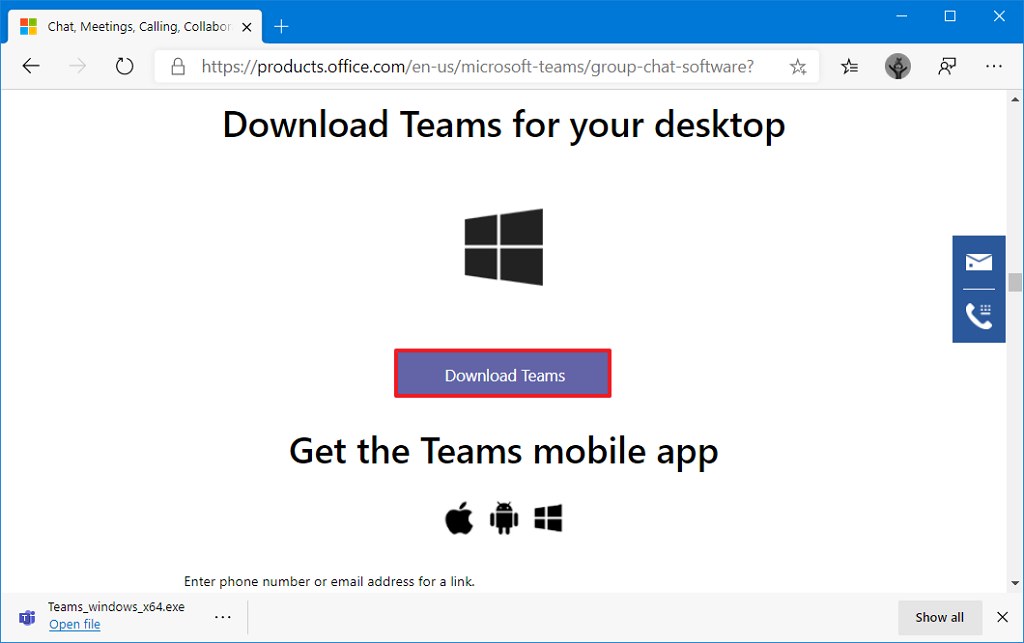

The Remote Desktop WebRTC Redirector Service is required to run Teams on Azure Virtual Desktop. Install the Remote Desktop WebRTC Redirector Service

New-ItemProperty -Path "HKLM:\SOFTWARE\Microsoft\Teams" -Name IsWVDEnvironment -PropertyType DWORD -Value 1 -Force Create the Teams key if it doesn't already exist.Ĭreate the following value for the Teams key: NameĪlternatively, you can create the registry entry by running the following commands from an elevated PowerShell session: New-Item -Path "HKLM:\SOFTWARE\Microsoft\Teams" -Force Go to HKEY_LOCAL_MACHINE\SOFTWARE\Microsoft\Teams. To enable media optimization for Teams, set the following registry key on the host VM:įrom the start menu, run Registry Editor as an administrator. To learn more, check out Install or update the Teams desktop app on VDI. This section will show you how to install the Teams desktop app on your Windows 10 or 11 Enterprise multi-session or Windows 10 or 11 Enterprise VM image. macOS Remote Desktop client, version 10.7.7 or later.įor more information about which features Teams on Azure Virtual Desktop supports and minimum required client versions, see Supported features for Teams on Azure Virtual Desktop.Windows Desktop client for Windows 10 or 11 machines, version.Media optimization for Microsoft Teams is only available for the following two clients: The latest version of the Microsoft Visual C++ Redistributable.Connect to an Azure Virtual Desktop session host running Windows 10 or 11 Multi-session or Windows 10 or 11 Enterprise.Install the Remote Desktop client on a Windows 10, Windows 10 IoT Enterprise, Windows 11, or macOS 10.14 or later device that meets the hardware requirements for Microsoft Teams.Prepare your network for Microsoft Teams.

Prerequisitesīefore you can use Microsoft Teams on Azure Virtual Desktop, you'll need to do these things:

Teams chat and collaboration features are supported on all platforms. You can still use Microsoft Teams on Azure Virtual Desktop with other clients without optimized calling and meetings. With media optimization for Microsoft Teams, the Remote Desktop client handles audio and video locally for Teams calls and meetings by redirecting it to the local device. To learn more about how to use Microsoft Teams in Virtual Desktop Infrastructure (VDI) environments, see Teams for Virtualized Desktop Infrastructure. With media optimizations, it also supports calling and meeting functionality. Microsoft Teams on Azure Virtual Desktop supports chat and collaboration.


 0 kommentar(er)
0 kommentar(er)
